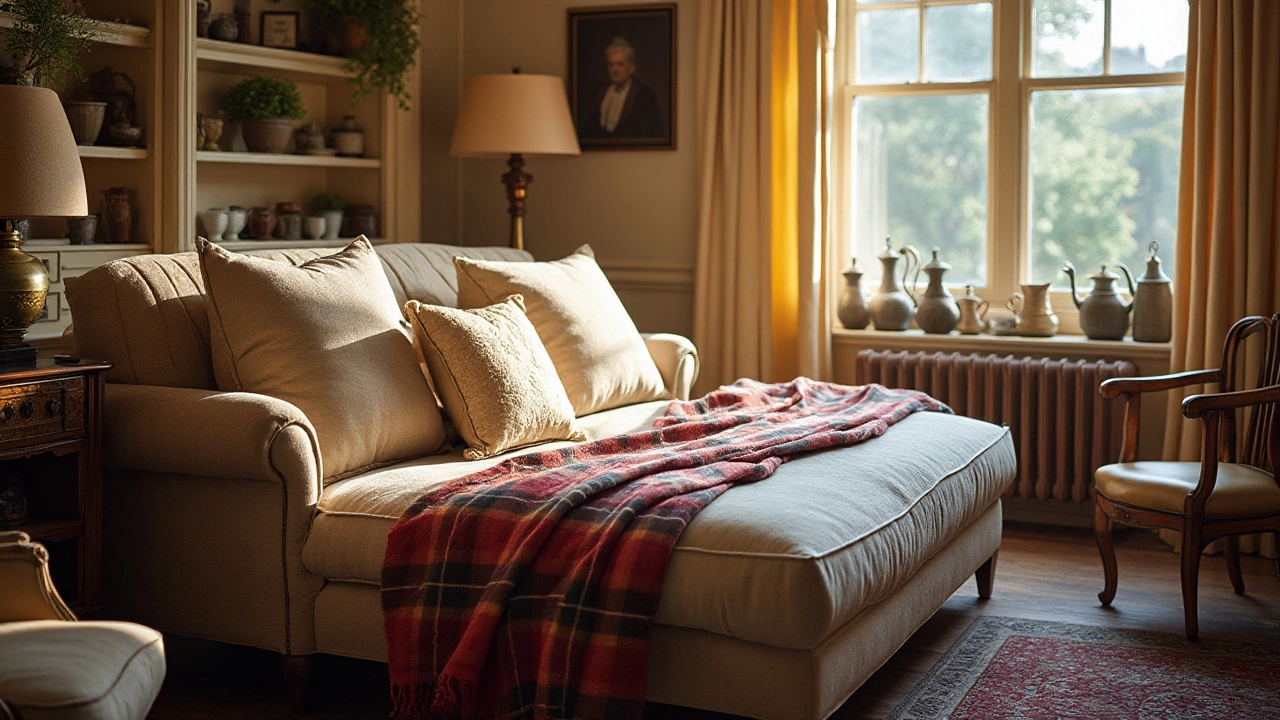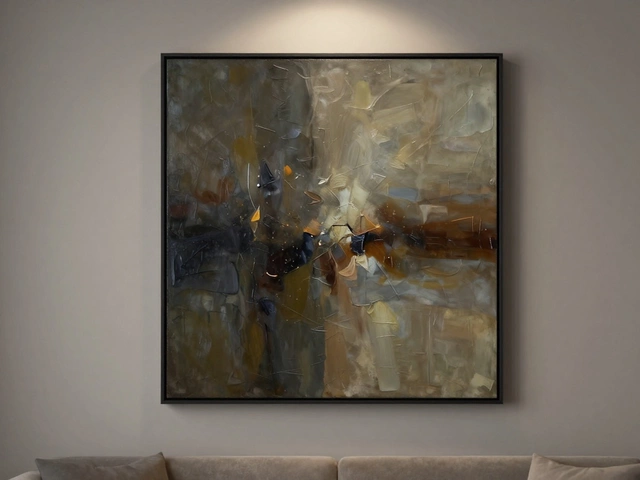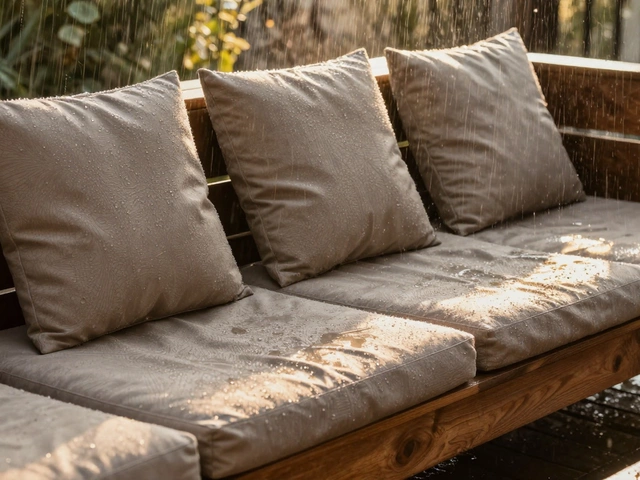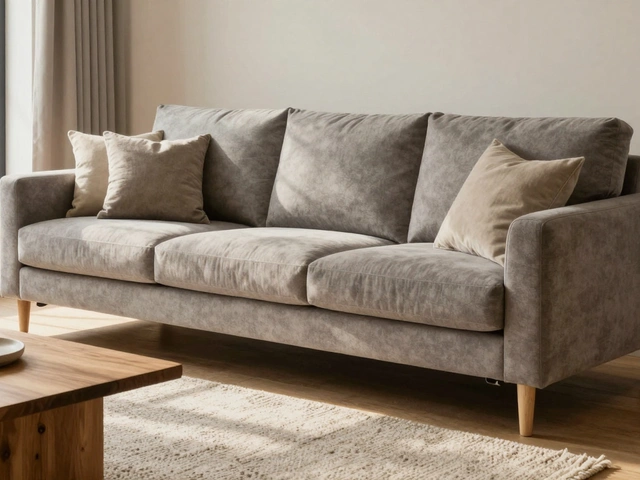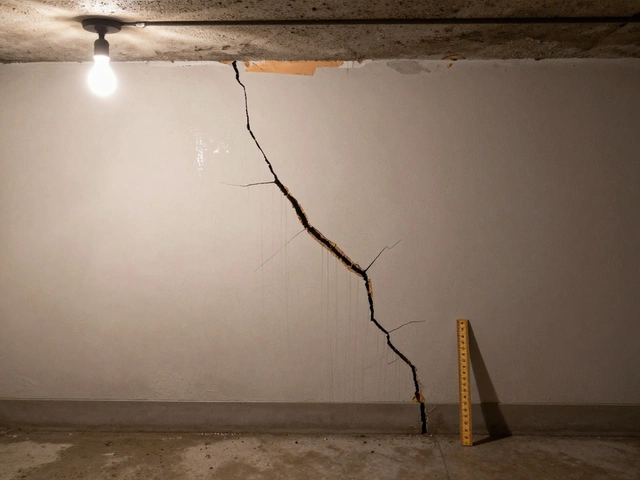Sleeper Sofa: Style, Function & Space‑Saving Tips
When looking at sleeper sofa, a piece of furniture that works as both a couch and a bed. Also known as sofa bed, it lets you host guests without a dedicated guest room and keeps your living space uncluttered.
A sleeper sofa belongs to the broader category of space‑saving furniture, designs that maximize utility in limited square footage. This group includes fold‑out desks, wall‑mounted storage units and modular shelving. Because a sleeper sofa combines seating and sleeping, it requires clever engineering to hide the mattress while preserving comfort. The built‑in convertible mattress, a spring, foam or hybrid core that folds out when needed, determines how easy the transformation feels and how long the piece will last.
How a sleeper sofa works in a room depends heavily on the living room layout, the arrangement of furniture, traffic flow and focal points in a shared space. A well‑planned layout ensures the sofa can be pulled out without blocking doorways or windows, and that it aligns with the room’s visual balance. Choosing the right placement also influences which side of the sofa faces a TV, fireplace or natural light, affecting both aesthetic appeal and practical use.
Choosing the Right Sleeper Sofa for Your Home
Start by matching the sofa’s style to your décor. Modern frames with sleek metal legs suit minimalist homes, while plush, high‑back models fit traditional settings. Upholstery material matters: linen breathes in warm climates, leather ages gracefully, and microfiber resists stains. Next, consider the mattress type. Pocket‑spring cores offer bounce and support, memory‑foam layers give contouring comfort, and hybrid models blend both benefits. Test the pull‑out mechanism – hydraulic lifts feel smoother than click‑locks, and a low‑profile frame hides the mattress better in rooms with limited clearance.
Space constraints often dictate the size of the sleeper sofa you can afford. Measure the floor area where the piece will sit, then add the fully‑opened footprint of the bed. Remember to leave at least 24 inches of clearance for safe movement. If you have a small studio, a chaise‑style sleeper with a side‑folding mattress may be the best compromise, providing a lounging area that doubles as a sleeping surface without sacrificing floor space.
Finally, think about long‑term maintenance. Removable cushion covers make cleaning easy, while rotatable legs allow you to flip the sofa for even wear. A well‑maintained sleeper sofa can serve as a primary seating option for years, turning occasional guests into a seamless, comfortable experience. Below you’ll find articles that dig deeper into design trends, mattress technology, upholstery choices and layout tricks, giving you actionable insights to pick the perfect sleeper sofa for your space.
Discovering Stylish Alternatives for Sofa Beds
Searching for a fancy term for 'sofa bed' can add a touch of elegance to your furniture vocabulary. Known for their multipurpose functionality, sofa beds are the pinnacle of convenience. Understanding different names and styles can guide you in choosing the perfect one for your home. This article explores some captivating alternatives, intriguing facts, and helpful tips for anyone considering this versatile piece of furniture.
full article